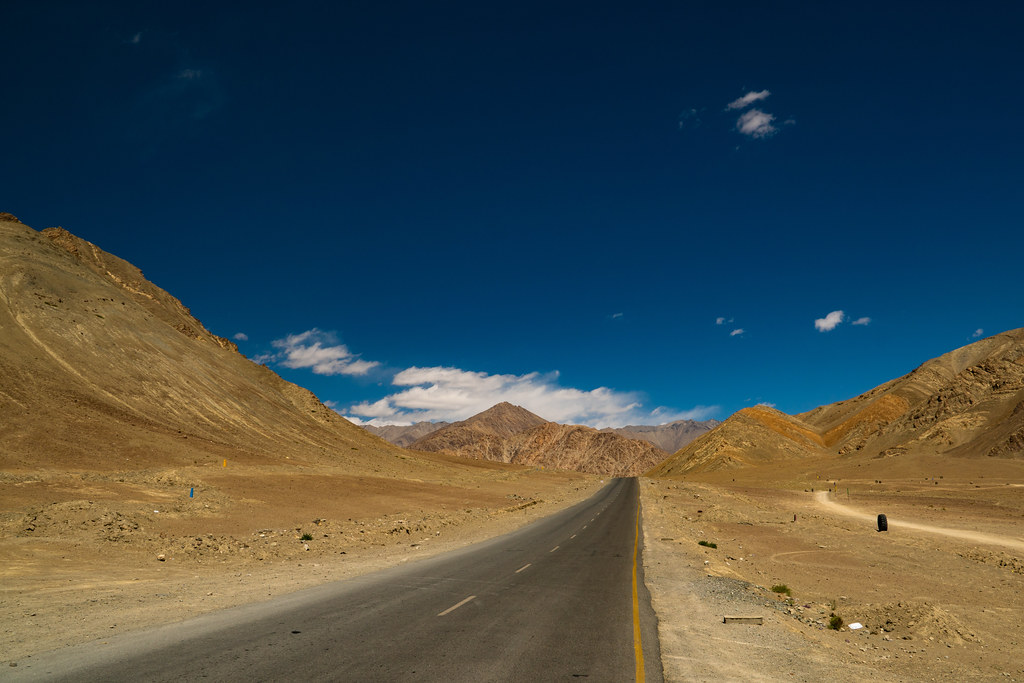The disengagement planned between India and China has hit a roadblock as some of the friction areas still remain volatile with troops from both countries continue to be separated by a few kilometres, more than a week after the roadmap for a complete pullback was drawn out during the Corps Commander level meet on July 14. While some of the troops have been removed by both armies, not much has changed since the initial disengagement. The remaining Indian and Chinese troops remain in close proximity. The Pangong lake and Hot Spring-Gogra area that is part of Patrol Point 17A still remain volatile.
At the Pangong lake — the biggest flashpoint — the Chinese army did move back from Finger 4 to Finger 5 on the bank, but still remain on the mountain spurs or the ridgeline. The Indian troops are positioned between Finger 3 and Finger 2 on the bank of the lake.
“The distance between troops from both sides is 4-5 km on the bank of the river but on the mountain ridges of the lake the troops are separated by less than 1 km,”
This shows the disengagement is still not complete at the lake where the Chinese had camped at Finger 4 that was always under Indian control. The Chinese had come in 8km till Finger 4 from Finger 8. India maintains the Line of Actual Control runs through Finger 8. The mountain spurs jutting into the lake are referred to as Fingers in military parlance. Other than Pangong lake, the situation remains tense in the Hot Springs area (Patrol Point PP17A) despite thinning of troops. Around 40-50 soldiers are still in close proximity, separated only by 600-800 metres, sources said.
At PP14 in Galwan, where the bloody clash took place on June 15, the Chinese have moved back 1.5 km from Line of Actual Control (LAC) and the distance between troops on each side is approximately 3 km. A full disengagement has still not happened here but sources say there is at least enough distance between the two sides to avoid a physical brawl, similar to the ones that have taken place before. At PP15, the fourth friction point, the disengagement seems to be complete with Indian and Chinese troops separated by 8-10 km. The current disengagement was only focused on friction areas. There are no signs de-escalation in depth areas will be worked out as things are still far from normal in the friction areas.
Planning for long haul
In the wake of the recent developments, the Indian Army is preparing for a long haul keeping in mind winter deployment and logistics.
“A long haul is an understatement. This could now go one for months or years. This is not like Doklam but more serious. Remember the Sumdrong Chu stand-off of 1986 in Arunachal Pradesh took 6-7 years,”
Lt Gen Vinod Bhatia (retd), former director general military operations.
The Indian Army described the process of disengagement between troops of India and China in Ladakh along the Line of Actual Control as “intricate” that required “constant verification” indicating that the easing of tensions could still be a long way.
Defence Minister Rajnath Singh had indicated that last week when he visited Ladakh and addressed the troops in Lukung near Pangong Lake that the disengagement discussed has not completely transpired on the ground.













